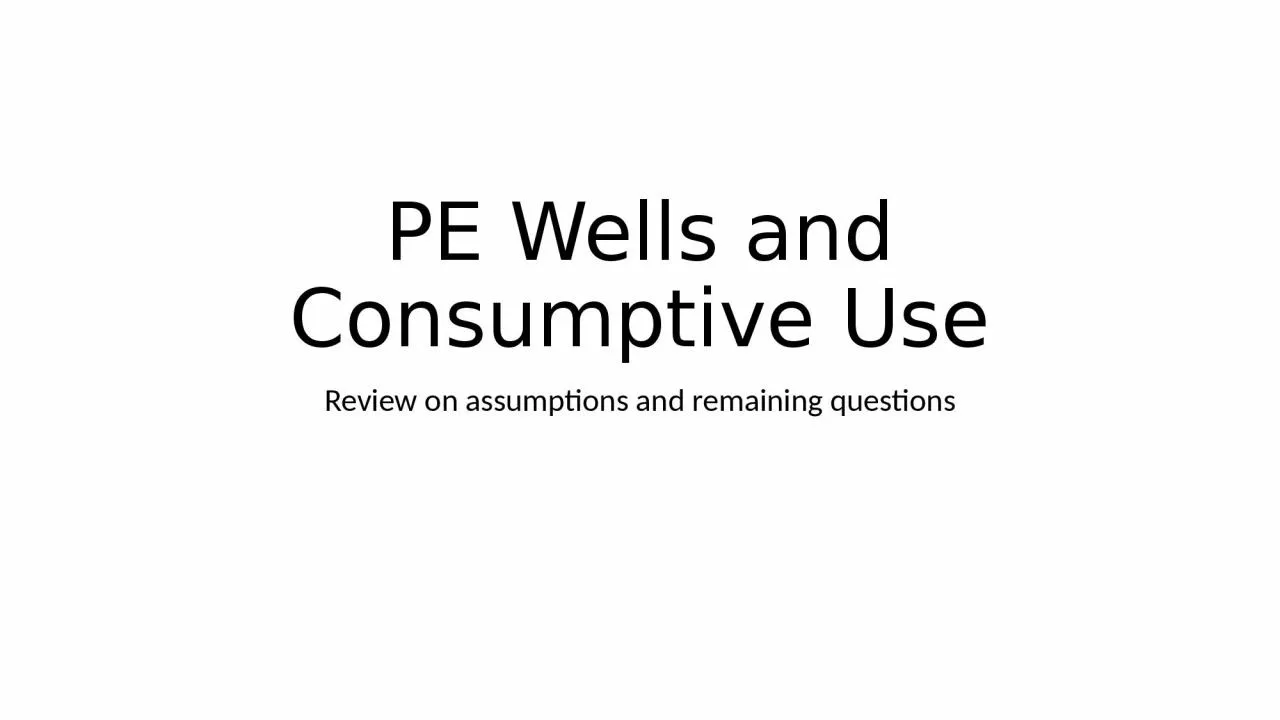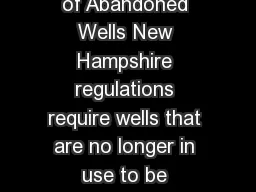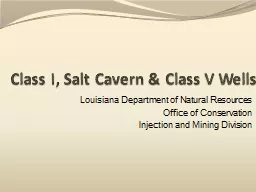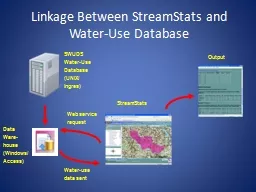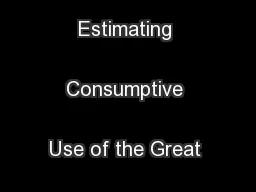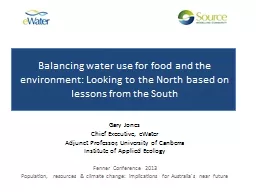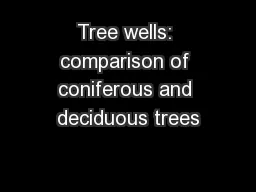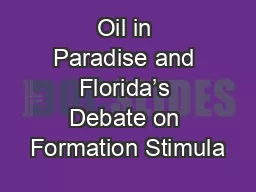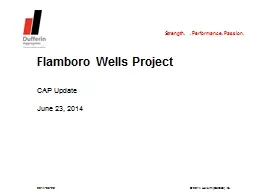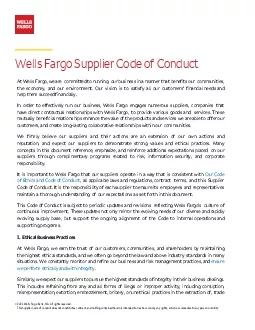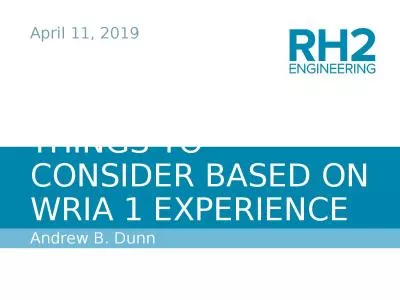PPT-PE Wells and Consumptive Use
Author : edolie | Published Date : 2024-01-29
Review on assumptions and remaining questions Develop historical growth rates of permitexempt wells for each subbasin using the TPCHD well database 1999 2018 Forecast
Presentation Embed Code
Download Presentation
Download Presentation The PPT/PDF document "PE Wells and Consumptive Use" is the property of its rightful owner. Permission is granted to download and print the materials on this website for personal, non-commercial use only, and to display it on your personal computer provided you do not modify the materials and that you retain all copyright notices contained in the materials. By downloading content from our website, you accept the terms of this agreement.
PE Wells and Consumptive Use: Transcript
Download Rules Of Document
"PE Wells and Consumptive Use"The content belongs to its owner. You may download and print it for personal use, without modification, and keep all copyright notices. By downloading, you agree to these terms.
Related Documents

